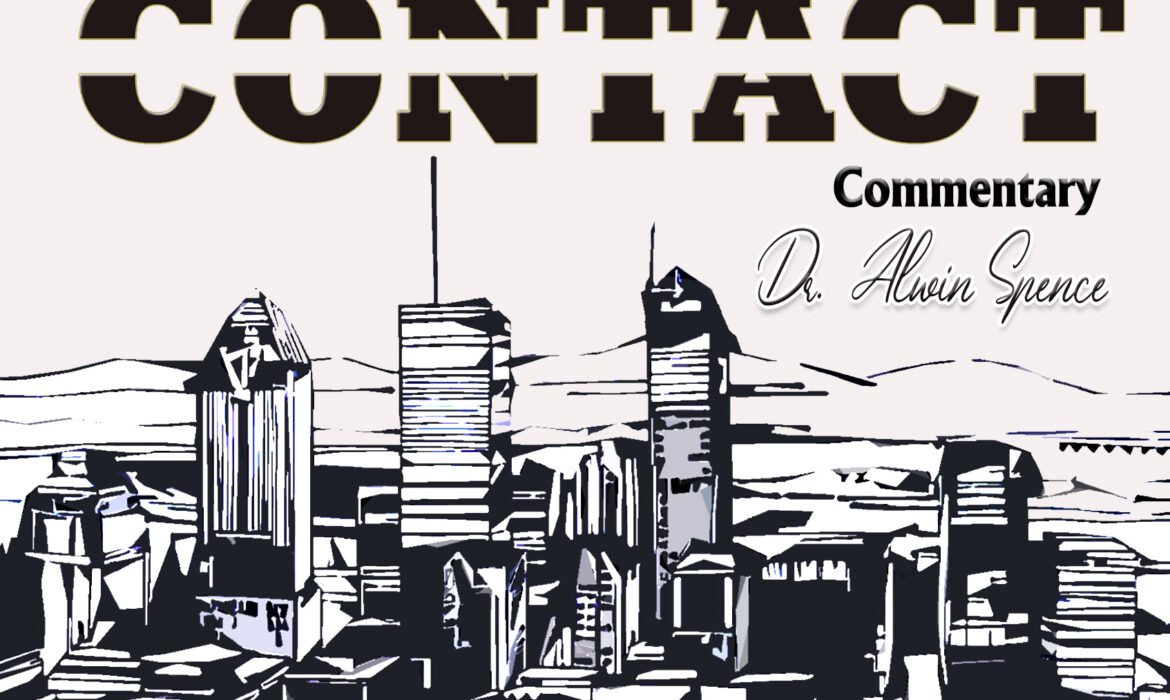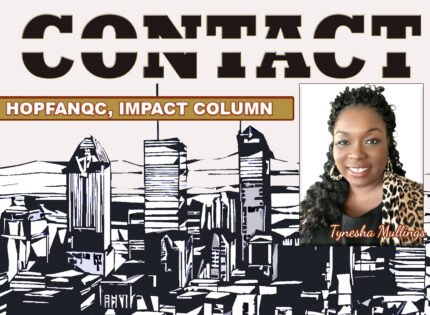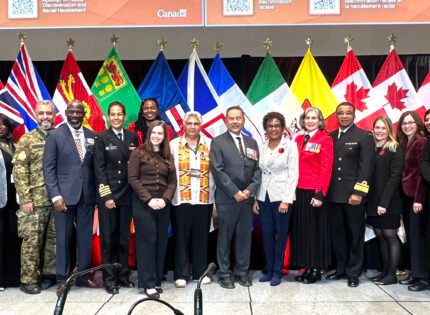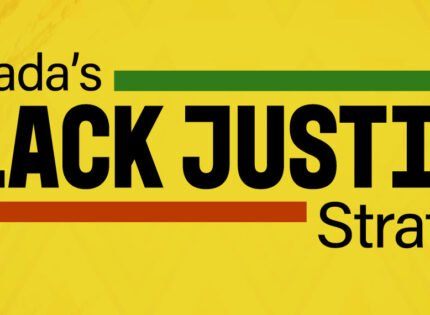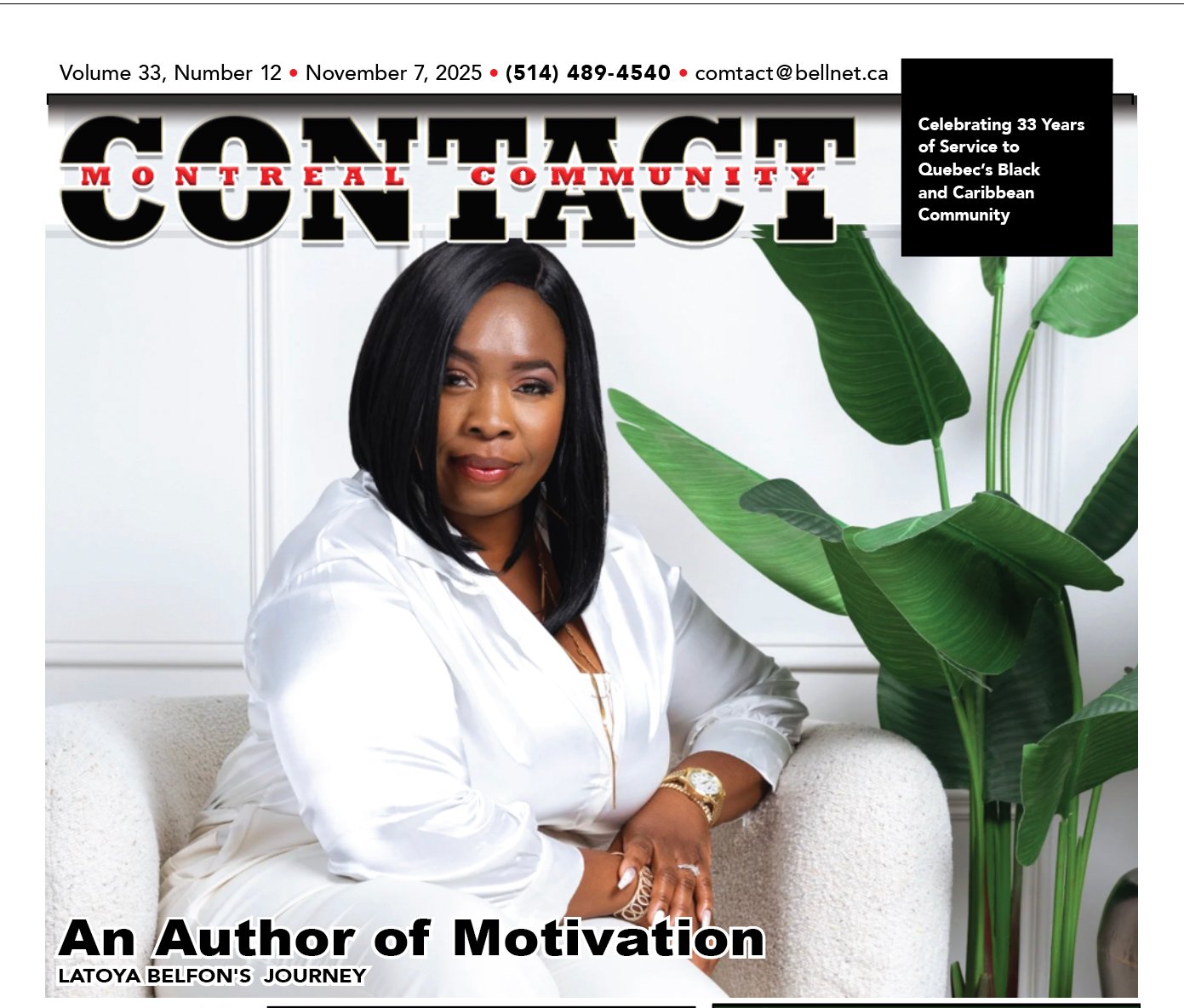Recently I watched on television the president of the United States flipping pages and showing pictures depicting atrocities meted out to white families by Blacks in South Africa. His audience was the President and his entourage of South Africa. I was embarrassed for the African President for this encounter as he was unable or unwilling to categorically refute the essence of these pictures which claimed to have happened under his very nose in his country. It turned out that some of these pictures were not even taken in South Africa , or about South
Africa. Publicly chiding the president of another country might have been in poor taste, moreso since guilt has never been established. South Africa was at the White House to negotiate increased Tarif imposed by the U.S. How could South Arica negotiate with this baggage of supposed guilt of white genocide? For this unsubstantiated accusation, South Africa must pay a price. White genocide by Blacks has not happened in South Africa. The reverse might be true. Because of this trumped up genocide charge a few white South Africans were hustled out of the country, a type of planned rescue mission to give credibillity to a damn lie.
This brings me back to the broader situation ,or objective,—What has happened to South Africa since 1994
when Apartheid was outlawed and a brighter future was envisioned for Black South Africans who survived the yolk of Apartheid.
LOOKING BACK…
Since the arrival of Dutch settlers in the 1600s, and British colonists in the 1700s and 1800s, South Africa has been a project that subjected the majority Black population to systematically segregationist laws and practices. But it was the adoption of the concept of Apartheid in 1948 that codified and formalised these racist practices into law. Apartheid strictly seperated people into classes based on their skin colours, putting
the white minority in the highest class and all others, Blacks, Coloured, Indian and others , way below the class of the whites. The majority Black population was at the very bottom. The road to freedom for Blacks was long and bloody and ladened with bodies of thousands who dared to protest loudly or quietly. Black South Africans make up approximately 80% of the 60 million South Africans. Apartheid means apart–hood, or separateness. The name embodies the way the ruling white minority sought to separate itself from, and rule over non-white people, socially and spacially. The policies , rigidly and forcefully separated South Africa’s diverse racial groups to live and develop separately. The rules were debilitating, particularly for the Blacks who were the majority and at the bottom of the rung. Laws limited their movements, they were forced or squeezed into inadequate impovished land space. Laws and Laws and more Laws dictated what must be carried out and any resistance brought heavy fines. Blacks were often moved into rural homeland and townships on the outskirts of cities. These were overcrowded and unproductive. In almost every thing Blacks, as the inferior race got the least or none at all, a very wide margin between the haves and the have-nots . While most of the Black settlements were unplanned with little or no ammenities, the minority white population reaped the benefit of a gold and diamond powered economy, while flagrantly underpaid non-white workers, as it kept the lion’s share of the good productive land, resources and ammenities. The other non-white groups also experienced segregation, but their treatment was not as harsh as for that of the Blacks. Apartheid was a system of government in South Africa from 1948-1994 of racial segregation against non-white majority, enforced through political, social and economic measures.
As for Education for Blacks, Yes the schools were segregated, well furnished and equipped ones for white students and substandard schools for Blacks. Obviously the finished poduct must be different. Education for Blacks was to prepare them for manual ,menial, and low paying jobs. In other words to prepare Blacks to work and to be subservient to their white masters. Interdating and intermarriage were banned
WHY DID APARTHEID END ?
It was not because of a change of heart, but it was because of a need for the white minority to sustain itself.
Thula Simpson of the University of Pretoria, remarked that there was nothing benevolent or voluntary about the retreat of the white government. He said it was because of an internal criticism of Apartheid, and people were basically saying that in order to maintain white supremacy one should maintain white survival.Before Apartheid finally yielded, it came under tremendous and increasing pressure from Black South Africans. The Sharpville and Soweto killings of so many Black protesters, adults and children, got international attention, resulting in sanctions against South Africa, being banned from International sports competition, such as Cricket. South Africa was now being isolated by different countries which pressured South Africa to release the popular ANC leader Nelson Mandela from prison, and to schedule a general election and allowing Blacks to participate. The ANC Party won the general electiion and Mr. Mandela became South Africa’s first Black prime minister. This was in 1994.
WHAT CHANGED SINCE APARTHEID WAS ABOLISHED?
Legally and ppolitically ,much have changed. People of all races, now are free and equal under the law. Anyone is technically allowed to live, work and study anywhere. People are free to intermary across colour lines. But dispite the significant gains, the legacy of Apartheid is still very present, economically and spacially which have contributed to South Africa being one of the least equal countries in the world.At the end of Apartheid, and the removal of international sanctions, South Africa’s economy grew tremendously, but Black South African household received just a tiny share. In 2022, the World Bank classified S.A. as the
most unequal country of the world, and it listed, race, a missing middle class,highly unequal land ownership, as the drivers. Ten percent of the population controls eighty percent of the wealth. Schools were integrated, but Blacks have a transportation problem getting to them. And of course there is still racism.Unemployment among Blacks is about 40% compared with 7.5% for whites. Significant number of Blacks are yet to reach managerial levels.
Thirty years after Apartheid , many things have changed But racism is still practiced, distribution of wealth, goods and services is still very uneven, and the Black majority which form the ruling party and the government is at times bothered by corruption and inefficiency. President Mandela with the help of Bishop
Desmond Tutu set the stage for a peaceful transition and sharing of wealth and power. Black South Africans are still being denied. The apple pie is still there and Black South Africans must get a bigger slice.
Blacks have given all, they have been denied enough. Its time for the white population to make its move toward a better South Africa for all. Lastly, at time when we recognise that the victim is being blamed, take a second look, as there is no doubt that there is a motive for blaming the innocent.



